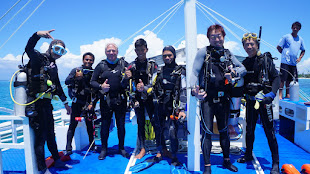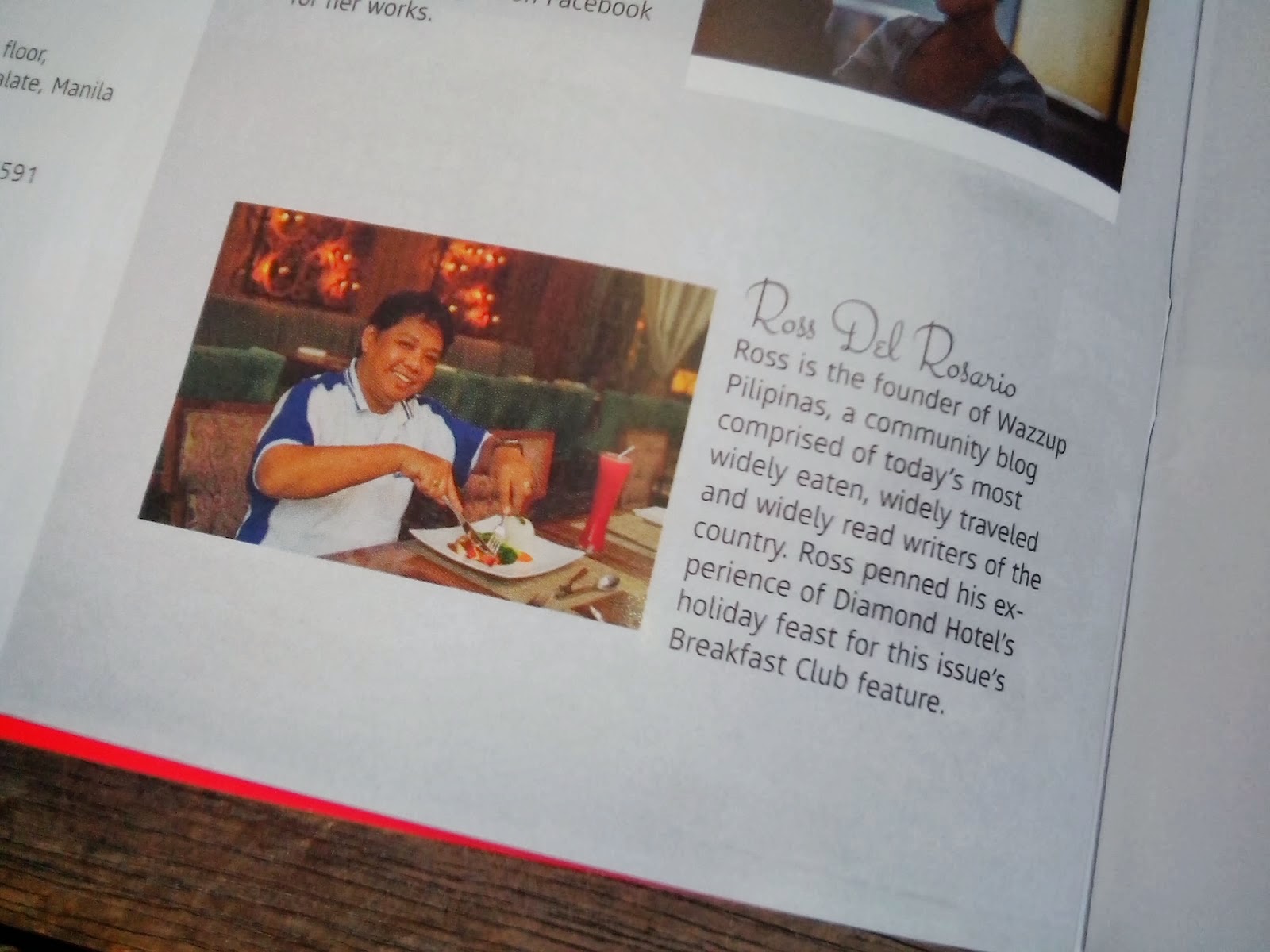
Wazzup Pilipinas!
Government agencies including local chief executives, fisherfolk and nonprofit organizations promised to strengthen their collaboration in protecting the Tañon Strait from illegal and destructive fishing.
About 288,000 small-scale fishers rely on the area for sustenance, but competition from commercial fishers who illegally enter the Strait, plus destructive fishing methods used by small-scale fishers, have led to an overall decline in productivity. From an average of five kilos of fish per trip, yields have plummeted to two kilos – and many fisherfolk households earn less than PHP100 daily.
“No Filipino should go hungry in his native land. I believe we can achieve this if we protect our coastal and marine resources,” says Negros Occidental Governor Alfredo Marañon.
Declared a protected area in 1998, the Tañon Strait is a 161-kilometer long channel separating the Islands of Cebu and Negros, famed not only for being a rich fishing area, but as a tourist destination. In the channel lie popular tourist sites such as Bantayan Isle, Malapascua, Moalboal, the Mantalip Sandbar and Bais, where whales and dolphins abound.
Encompassing three provinces, 42 coastal towns and cities, plus nearly 300 barangays, overlapping mandates have led to largely inconsistent policies in conserving the area. Since 2015, the Protected Area Management Board and its Executive Committee worked hand-in-hand with Site Management Units, the Protected Area Office, plus various stakeholders from the government, private sector and civil society for improved conservation measures. They are now guided by an approved management plan and enforcement plan for the sustainable management of the Tañon Strait.
Last week, the Department of Environment and Natural Resources convened the 2nd Enforcement Summit, in partnership with Oceana, in Cebu City. Government agencies and local governments worked closely with nonprofit organizations and community champions to review the state of enforcement in the Strait over the past year while identifying solutions to current challenges, especially illegal and destructive fishing.

“Despite its status as a protected seascape, the Tañon Strait still faces illicit activities, destroying its ecological integrity and depriving fishermen of their rightful catch. Only through our continued strong collaboration can the fisheries of the Tañon Strait continue to thrive,” emphasizes Bureau of Fisheries and Aquatic Resources National Director and Fisheries Undersecretary Eduardo Gongona. He pledged to add more patrol vessels in the area to fight illegal, unreported and unregulated fishing.
A recent Social Weather Stations survey commissioned by Oceana found that illegal and destructive fishing is the most seriously-perceived threat to the oceans, next to pollution.
“We have apprehended 656 suspects and over 2000 explosives from January to November this year alone,” notes Police Regional Office 7 Director Chief Superintendent Jose Mario Espino. The fight against illegal fishing is high in the priority list of the Philippine National Police.
Oceana and its allies reiterated the need for stronger law enforcement to guard the northern and southern entrances or ‘gates’ of the Tañon Strait, while requiring all vessels to comply with the legal directive to install Vessel Monitoring Measures for fishing transparency and safety-at-sea. Vessel monitoring allows for land-based monitoring of all vessels, ensuring they stay in designated fishing zones, while acting as a safeguard in case boats run into accidents.
Adds Cebu Governor Hilario Davide III, “We still have a long way to go but we need to continue finding ways to improve our enforcement efforts. We shall continue to work together as a team, where everyone has a stake not just to benefit responsibly from our natural resources but to manage it such that our future generations will have sustainable coastal and marine resources.”
The enforcement summit concluded with an announcement from Park Superintendent Prospero Lendio that the Tañon Strait Protected Area Office has an approved allotment of PHP1M of their PHP8.7M budget for 2018 for seaborne patrols and enforcement activities. Participants all pledged to work together to protect the Strait.
“The Tañon Strait is an important traditional source of fish for millions of Filipinos. Doing the right thing for Tañon paves the way for the sustainable use and management of our fisheries to address food security concerns,” concludes Oceana Philippines Vice President Atty. Gloria Estenzo Ramos. (30)





























































 Ross is known as the Pambansang Blogger ng Pilipinas - An Information and Communication Technology (ICT) Professional by profession and a Social Media Evangelist by heart.
Ross is known as the Pambansang Blogger ng Pilipinas - An Information and Communication Technology (ICT) Professional by profession and a Social Media Evangelist by heart.







